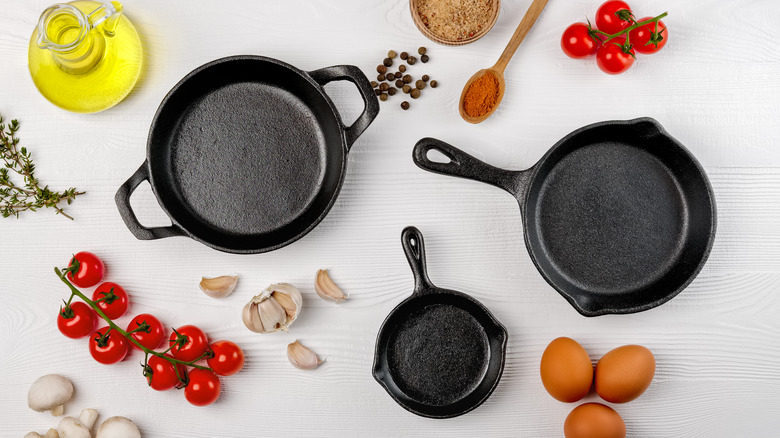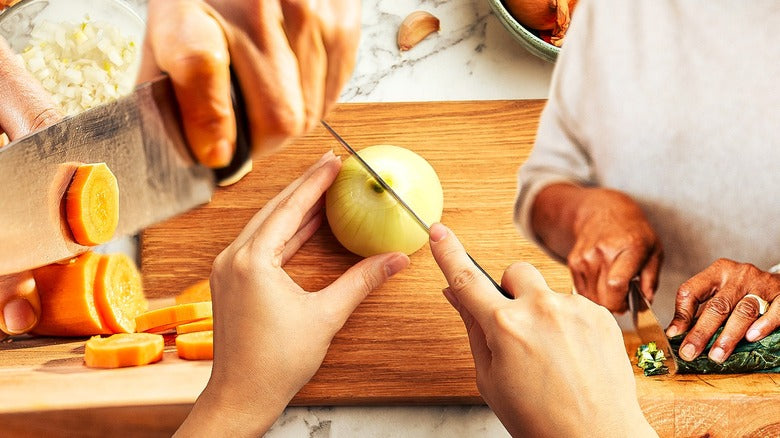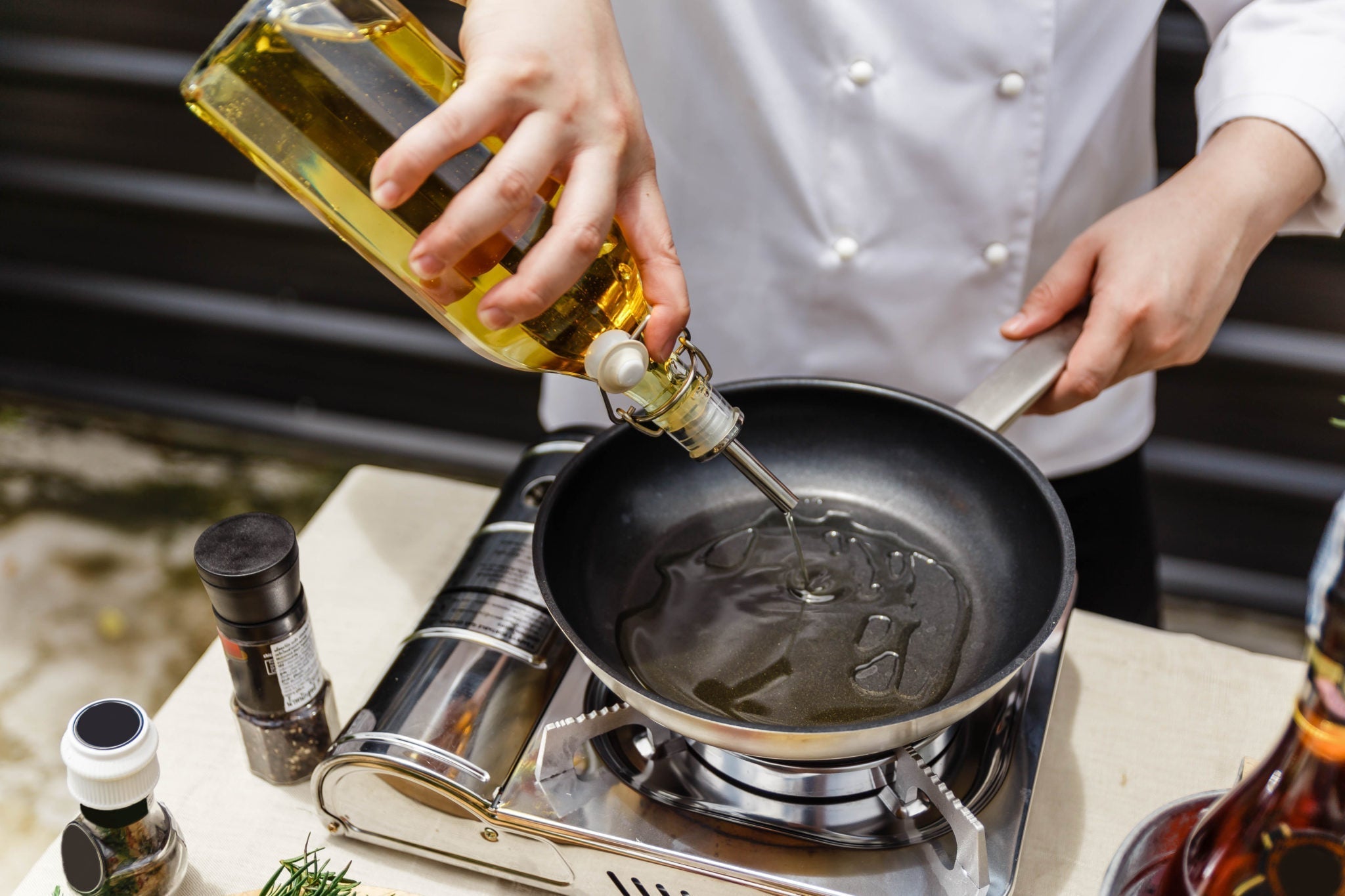For kitchen professionals, understanding how to store cast iron skillet is crucial for maintaining the integrity and performance of this timeless cooking tool. Proper storage not only prolongs the life of the skillet but also ensures optimal cooking performance.
Cast iron skillets are known for their durability and heat retention, but they do require special attention when it comes to storage. In this article, we will explore various methods and tips that are essential to storing your cast iron skillet, ensuring it remains in top-notch condition.

Why Proper Storage Matters
Proper storage of a cast iron skillet is essential for several reasons. Firstly, it prevents moisture buildup, which can lead to rusting. Secondly, it helps maintain the seasoning layer that enhances the skillet's non-stick properties. Finally, it can prevent scratches and other physical damage from occurring.
Understanding the Risks of Improper Storage
Improper storage can lead to significant issues such as:
- Rust formation due to moisture
- Seasoning deterioration from exposure to air
- Physical damage from other kitchen tools
Basic Principles of Storing Cast Iron Skillets
Here are some basic principles to keep in mind when figuring out how to store cast iron skillet:
- Ensure the skillet is clean and dry: Before storing, clean the skillet meticulously and ensure its entirely dry to prevent moisture.
- Season the skillet: A well-seasoned skillet can resist moisture and enhance its longevity.
- Avoid stacking: If possible, avoid stacking your cast iron skillets; doing so can scratch the surface.
Cleaning and Preparing Your Skillet
Before storage, a clean skillet is crucial. Heres a quick guide on cleaning your cast iron skillet:
- Rinse the skillet under warm water.
- Use a stiff brush or sponge to remove stuck-on food.
- Dry thoroughly with a paper towel or cloth.
- Apply a light coat of cooking oil to protect the surface.
Storage Solutions for Cast Iron Skillets
Here are several effective storage solutions for your cast iron skillets:
1. Hanging Storage
Hanging your cast iron skillet, either on hooks or a pot rack, not only saves space but also protects the skillet from scratches. Ensure the skillet is completely dry before hanging to avoid rust.
2. Cabinet Storage
If you prefer cabinet storage, make sure the skillet is placed on a soft surface or use paper towels between stacked skillets to prevent scratching. Consider using a drawer liner or mat for added protection.
3. Soft Covers
Using soft covers such as cotton cloths can protect the surface of the skillet from dust and scratches. Make sure the cover is breathable to prevent moisture buildup.
4. Use of Silica Gel
Placing silica gel packets in the storage area can help absorb excess moisture, further protecting your skillets. This method is particularly beneficial in areas with high humidity.
Maintaining Your Cast Iron Skillet After Storage
Once your cast iron skillet is stored, regular maintenance is essential. Remember to:
- Inspect the skillet regularly for rust or seasoning loss.
- Re-season if necessary by applying a layer of oil and heating it.
- Clean promptly after use to prevent food residue buildup.
Common Mistakes to Avoid
As kitchen professionals, avoiding these common mistakes can help maintain the quality of your cast iron skillets:
- Storing the skillet with the lid on; it can trap moisture inside.
- Using metal utensils while cooking and storing.
- Neglecting to season regularly.
Advanced Techniques for Cast Iron Storage
For the more experienced kitchen professionals, consider these advanced techniques:
- Vacuum Packaging: This can be an effective way to keep out moisture.
- Desiccant Packs: Similar to silica gel, these packs can be placed in storage areas.
Conclusion
In conclusion, learning how to store cast iron skillet properly can significantly enhance the longevity of this essential kitchen tool. By following these simple guidelines and techniques, your cast iron skillet will serve you well for years to come, providing delicious meals and rich flavors.
For further tips on utilizing your cast iron, check out these articles: Pizza Cooking Time, Prep Tips, and Seasoning Techniques.

Frequently Asked Questions
1. Can I stack my cast iron skillets?
No, stacking can lead to scratches. Use paper towels between them if necessary.
2. What should I do if my skillet gets rusty?
Rust can be removed with steel wool. Reseason the skillet after cleaning.
3. How often should I season my cast iron skillet?
Seasoning frequency depends on use. If food sticks or the surface looks dull, it's time to re-season.
As an Amazon Associate, I earn from qualifying purchases.






Leave a comment
This site is protected by hCaptcha and the hCaptcha Privacy Policy and Terms of Service apply.